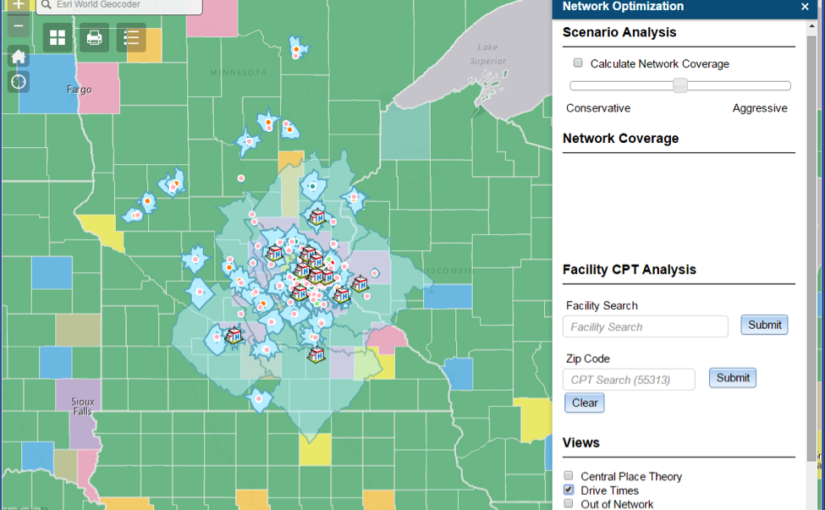The smart city concept is developing quickly around the world because it provides comprehensive geospatial data in a user-friendly environment. This article shows how GIS could help in the implementation of smart city projects and describes its usage on large scale projects. The ‘Smart City’ concept aims at developing a comprehensive system that effectively uses geospatial data to develop a better understanding of complex urban systems and boost the efficiency of these systems.
The emergent technology enables cities to achieve more agile management that can enhance the quality of life to citizens and economic development and also reinforces the involvement of citizens in the city. Though it was quite difficult to implement it earlier with the help of GIS consultant India, it has become much smoother and simpler. It allows the collection of data concerning how the city infrastructure and stakeholders should be developed for safe living.
Use of GIS in Smart City Projects
The implementation of a smart city is based on a number of steps which includes the construction of an urban digital model, data collection, data analysis, data visualization, and system control. Some crucial GIS steps are given below:
Construction of the Urban Digital Model
This is the first step in the implementation of GIS in smart city projects. A digital model is created which provides geolocalisation and characteristics. It usually consists of horizontal components like urban networks, natural environment, transport facilities, etc., while building information modeling (BIM). The combination of GIS and BIM provides a powerful combination for the construction or urban digital model in a user-friendly way.
Sensing Layer
The second step in smart city projects contains the construction of the sensing layer that transfers urban operating data to a smart city information system. This layer includes sensors used for monitoring urban infrastructure and network which is often enhanced through various technologies. The sensors used in water, drainage and electrical system allow early detection of faults and signal calamity like floods.
Data Analysis
This is the third step that involves the development of the analytic environment, which converts real-time data into operational data that indeed boost the efficiency, security, and quality of urban planning. It includes management, engineering, and safety software for urban systems and also includes advanced digital tools like Artificial Intelligence.
Interactive Data Visualization
Interactive data visualization allows users to interact with the stakeholders and the smart city’s components in a user-friendly environment. Various web applications are used for this purpose like HTML popups, interactive GIS graphics, sensor maps, etc.
Control Layer
Data analysis of real-time and historical data results in commands for the safe and efficient management of urban systems. These commands are transmitted to the control layer, which includes different electronic devices like pumps, smart valves, switches, motors, locks, and breakers. The GIS system also enables real-time monitoring of these devices.
Conclusion
This article has presented the implementation of GIS in smart city projects but if you want to make it even easier then you should contact a reputed GIS company India like us. We provide powerful tools and services for the successful completion of such projects.





